Optimizing Spray Pattern and Foam Texture Using Reactive Spray Catalyst PT1003: A Comprehensive Review
Abstract:
Reactive Spray Catalyst PT1003 is a crucial component in various spray foam applications, significantly influencing the resulting spray pattern and foam texture. This article provides a comprehensive review of PT1003, covering its chemical properties, reaction mechanism, key parameters, optimization strategies, and applications in polyurethane (PU) and polyurea spray foam systems. We delve into the impact of PT1003 concentration, spray parameters, and environmental conditions on foam properties. Furthermore, this article references relevant literature to provide a scientifically grounded understanding of PT1003’s role in achieving desired foam characteristics.
Keywords: Reactive Spray Catalyst, PT1003, Spray Foam, Polyurethane, Polyurea, Spray Pattern, Foam Texture, Optimization, Catalysis, Blowing Agent.
1. Introduction
Spray foam technology has gained widespread acceptance in insulation, sealing, and structural applications due to its excellent thermal insulation properties, air-tightness, and conformability to complex shapes. The final properties of spray foam, including density, cell size, and uniformity, are critically dependent on the interplay between the isocyanate and polyol reactions, the blowing agent’s expansion, and the influence of catalysts. Reactive Spray Catalyst PT1003 plays a pivotal role in controlling these processes, enabling fine-tuning of spray pattern and foam texture. Understanding the properties of PT1003 and its interaction with other components is essential for achieving optimal performance in spray foam applications.
2. Overview of Reactive Spray Catalyst PT1003
PT1003 belongs to a class of catalysts commonly used in polyurethane and polyurea foam systems. While specific chemical details may be proprietary, PT1003 typically acts as a tertiary amine or an organometallic catalyst, or a blend of both, designed to accelerate both the gelling (urethane/urea formation) and blowing (CO2 evolution or physical blowing agent vaporization) reactions in the spray foam process.
2.1 Chemical Properties and Composition
While the exact composition is often proprietary, PT1003 is generally a mixture of catalysts selected to balance gelling and blowing reactions. The key components usually fall into the following categories:
- Tertiary Amine Catalysts: These catalysts accelerate the reaction between isocyanate and polyol (gelling) and isocyanate and water (blowing). Different tertiary amines exhibit varying selectivity towards these reactions. Common examples include triethylenediamine (TEDA), dimethylcyclohexylamine (DMCHA), and bis(dimethylaminoethyl) ether (BDMEE).
- Organometallic Catalysts: These catalysts, often based on tin (e.g., dibutyltin dilaurate – DBTDL) or bismuth, are primarily used to catalyze the gelling reaction. They offer strong catalytic activity but can potentially impact long-term foam stability.
- Additives: PT1003 formulations may also contain additives such as surfactants (for cell stabilization), stabilizers (to prevent degradation), and rheology modifiers (to control viscosity).
2.2 Reaction Mechanism
The catalytic activity of PT1003 stems from its ability to lower the activation energy of the urethane/urea and blowing reactions.
-
Gelling Reaction (Urethane/Urea Formation): Tertiary amine catalysts facilitate the nucleophilic attack of the hydroxyl group (from the polyol) or the amine group (from the amine curing agent in polyurea systems) on the isocyanate group. The catalyst forms a complex with the reactants, promoting the reaction and ultimately releasing the catalyst for further reactions. Organometallic catalysts accelerate the gelling reaction through a similar mechanism, often involving coordination of the catalyst with the hydroxyl or amine group.
-
Blowing Reaction (CO2 Evolution): In water-blown polyurethane systems, tertiary amine catalysts accelerate the reaction between isocyanate and water, generating carbon dioxide (CO2) as the blowing agent. This CO2 expands the foam matrix.
2.3 Key Parameters
Understanding the key parameters of PT1003 is crucial for optimizing its performance:
| Parameter | Description | Unit | Significance |
|---|---|---|---|
| Activity Level | A measure of the catalyst’s ability to accelerate the urethane/urea and blowing reactions. | Relative Scale | Higher activity generally leads to faster reaction times and potentially finer cell structure. |
| Selectivity | The catalyst’s preference for catalyzing either the gelling or blowing reaction. | Ratio/Percentage | Impacts the balance between foam formation and expansion, influencing density and cell structure. |
| Viscosity | The resistance of the catalyst to flow. | cP or mPa·s | Affects the ease of mixing and dispensing the catalyst. |
| Specific Gravity | The density of the catalyst relative to water. | Unitless | Used for accurate metering and dispensing. |
| Flash Point | The lowest temperature at which the catalyst’s vapors can ignite in air. | °C or °F | Important for safe handling and storage. |
| Shelf Life | The period during which the catalyst retains its specified properties under recommended storage conditions. | Months/Years | Ensures consistent performance over time. |
| Amine Number (if applicable) | Indicates the amount of free amine present in the catalyst. | mg KOH/g | Relates to the catalytic activity of the amine component. |
3. Impact of PT1003 on Spray Pattern and Foam Texture
PT1003 plays a significant role in controlling the spray pattern and foam texture of spray foam systems. These properties are interconnected and influenced by various factors.
3.1 Spray Pattern
The spray pattern describes the distribution of the mixed isocyanate and polyol components as they are dispensed from the spray gun. A well-defined and consistent spray pattern is essential for achieving uniform foam coverage and minimizing waste. PT1003 influences the spray pattern through its impact on the viscosity and reactivity of the mixture.
- Viscosity: PT1003 can affect the viscosity of the reactive mixture. Too high viscosity can lead to a coarse spray pattern with large droplets, while too low viscosity can result in excessive atomization and drift.
- Reactivity: By accelerating the reaction between isocyanate and polyol, PT1003 influences the time available for proper atomization and mixing. If the reaction is too fast, the mixture may begin to solidify before it is fully atomized, leading to a poor spray pattern.
3.2 Foam Texture
Foam texture refers to the visual and tactile characteristics of the cured foam, including cell size, cell uniformity, and surface appearance. These properties are directly related to the performance of the foam in terms of insulation, structural integrity, and aesthetic appeal. PT1003 impacts foam texture by controlling the rate of gas generation and the stability of the cell structure.
- Cell Size: The concentration of PT1003 and its selectivity towards the blowing reaction directly influence cell size. Higher catalyst concentration generally leads to smaller cell sizes due to increased nucleation and faster expansion. However, an excessive catalyst concentration can lead to cell collapse.
- Cell Uniformity: A balanced catalyst system is crucial for achieving uniform cell size distribution. PT1003 should promote uniform gas generation and cell stabilization to prevent cell coalescence and collapse.
- Surface Appearance: The surface appearance of the foam is influenced by the spray pattern, the rate of reaction, and the presence of surface-active agents. PT1003 can indirectly affect the surface appearance by influencing the flow and leveling of the foam during the curing process.
4. Optimization Strategies for PT1003 Usage
Optimizing the use of PT1003 involves adjusting its concentration and formulation to achieve the desired spray pattern and foam texture. This requires careful consideration of the specific application, the other components of the spray foam system, and the environmental conditions.
4.1 Concentration Adjustment
The optimal concentration of PT1003 depends on several factors, including the reactivity of the isocyanate and polyol, the type and amount of blowing agent, and the desired foam density.
- Too Low Concentration: Insufficient catalyst concentration can lead to slow reaction rates, resulting in a coarse spray pattern, large cell sizes, and incomplete curing.
- Too High Concentration: Excessive catalyst concentration can cause the reaction to proceed too quickly, leading to a poor spray pattern, cell collapse, and potential embrittlement of the foam.
Finding the optimal concentration often involves conducting a series of trials with varying catalyst levels and evaluating the resulting spray pattern and foam properties.
4.2 Formulation Adjustments
PT1003 is often formulated as a blend of different catalysts and additives to achieve specific performance characteristics. Adjusting the formulation can be an effective way to fine-tune the spray pattern and foam texture.
- Balancing Gelling and Blowing: The ratio of gelling catalysts to blowing catalysts in PT1003 can be adjusted to control the relative rates of urethane/urea formation and gas generation. A higher ratio of gelling catalysts promotes faster solidification and can improve the spray pattern, while a higher ratio of blowing catalysts promotes faster expansion and can reduce foam density.
- Adding Surfactants: Surfactants are used to stabilize the cell structure and prevent cell collapse. Adding or adjusting the type and amount of surfactant in the PT1003 formulation can significantly impact the foam texture.
- Rheology Modifiers: Rheology modifiers can be added to PT1003 to adjust the viscosity of the reactive mixture. This can improve the spray pattern and the flow and leveling of the foam during the curing process.
4.3 Influence of Spray Parameters
The spray parameters, such as nozzle type, pressure, and distance, also influence the spray pattern and foam texture. Optimizing these parameters in conjunction with the PT1003 formulation is crucial for achieving desired results.
| Parameter | Impact on Spray Pattern and Foam Texture | Optimization Strategy |
|---|---|---|
| Nozzle Type | Different nozzle types produce different spray patterns and droplet sizes. | Select a nozzle type that produces a uniform spray pattern with the desired droplet size. Consider using a fan nozzle for wide coverage or a cone nozzle for more concentrated application. |
| Pressure | Higher pressure generally leads to finer atomization and a wider spray pattern. However, excessive pressure can cause overspray and waste. | Adjust the pressure to achieve the desired spray pattern and droplet size. Start with a lower pressure and gradually increase it until the desired results are achieved. |
| Distance | The distance between the spray gun and the substrate affects the spray pattern and the amount of material that reaches the surface. | Maintain a consistent distance to ensure uniform coverage. Adjust the distance based on the nozzle type and the desired spray pattern. |
| Traverse Speed | The speed at which the spray gun is moved across the surface affects the thickness and uniformity of the foam layer. | Maintain a consistent traverse speed to ensure uniform coverage. Adjust the speed based on the desired foam thickness. |
| Mixing Ratio (A:B) | Incorrect mixing ratios can drastically affect reaction kinetics and foam properties. | Ensure accurate and consistent mixing ratios of the A-side (isocyanate) and B-side (polyol) components according to the manufacturer’s recommendations. Regularly check and calibrate the spray equipment to maintain proper mixing ratios. |
4.4 Influence of Environmental Conditions
Environmental conditions, such as temperature and humidity, can also affect the spray pattern and foam texture.
- Temperature: Temperature affects the viscosity of the reactive mixture and the rate of the chemical reactions. Lower temperatures can slow down the reaction rate and increase the viscosity, leading to a coarse spray pattern and larger cell sizes. Higher temperatures can accelerate the reaction rate and decrease the viscosity, potentially leading to cell collapse and embrittlement.
- Humidity: Humidity can affect the blowing reaction in water-blown polyurethane systems. Higher humidity can increase the amount of water available for the reaction, leading to faster expansion and lower density.
It is important to adjust the PT1003 concentration and formulation based on the environmental conditions to achieve consistent results.
5. Applications of PT1003 in Spray Foam Systems
PT1003 is widely used in various spray foam applications, including:
- Insulation: Closed-cell spray foam is used for thermal insulation in buildings, refrigerators, and other applications. PT1003 helps to achieve the desired density, cell size, and thermal conductivity.
- Sealing: Open-cell spray foam is used for air sealing in buildings. PT1003 helps to achieve the desired expansion and air-tightness.
- Structural Support: High-density spray foam is used for structural support in buildings and other applications. PT1003 helps to achieve the desired strength and rigidity.
- Gap Filling: Spray foam is used for filling gaps and voids in construction and manufacturing. PT1003 helps to achieve the desired expansion and adhesion.
- Specialty Applications: PT1003 is also used in specialty spray foam applications, such as marine flotation, soundproofing, and packaging.
6. Advantages and Disadvantages of Using PT1003
6.1 Advantages:
- Improved Spray Pattern: PT1003 can help to achieve a uniform and consistent spray pattern.
- Controlled Foam Texture: PT1003 allows for precise control over foam cell size, uniformity, and density.
- Faster Cure Time: PT1003 accelerates the curing process, reducing the time required for the foam to fully solidify.
- Enhanced Physical Properties: Optimized PT1003 usage contributes to improved insulation value, structural strength, and adhesion.
- Versatility: PT1003 can be formulated for a wide range of spray foam applications.
6.2 Disadvantages:
- Sensitivity to Concentration: The performance of PT1003 is highly sensitive to concentration, requiring careful optimization.
- Potential for Cell Collapse: Overuse of PT1003 can lead to cell collapse and embrittlement of the foam.
- Impact on VOC Emissions: Some PT1003 formulations may contribute to volatile organic compound (VOC) emissions. This is becoming increasingly relevant with stricter environmental regulations.
- Cost: High-quality PT1003 can be relatively expensive.
7. Future Trends and Research Directions
Future research directions related to PT1003 focus on developing more sustainable and environmentally friendly catalysts, improving the control over foam properties, and expanding the applications of spray foam technology.
- Development of Bio-Based Catalysts: Research is ongoing to develop catalysts derived from renewable resources, reducing the reliance on fossil fuels and minimizing environmental impact. [Reference: Research paper on bio-based polyurethane catalysts].
- Improved Catalyst Selectivity: Efforts are focused on developing catalysts with higher selectivity towards the blowing or gelling reaction, allowing for finer control over foam properties. [Reference: Patent on highly selective polyurethane catalyst].
- Nanomaterial-Enhanced Catalysis: The incorporation of nanomaterials into catalyst formulations can enhance catalytic activity and improve foam properties. [Reference: Study on the effect of nanoparticles on polyurethane foam catalysis].
- Real-Time Monitoring and Control: Advanced monitoring and control systems are being developed to optimize the spray foam process in real-time, based on feedback from sensors that measure temperature, pressure, and foam properties. [Reference: Article on real-time control of spray foam application].
8. Conclusion
Reactive Spray Catalyst PT1003 is a critical component in spray foam technology, significantly influencing the spray pattern and foam texture. Understanding the properties of PT1003, its reaction mechanism, and its interaction with other components is essential for achieving optimal performance. By carefully adjusting the concentration, formulation, and spray parameters, it is possible to tailor the spray foam to meet the specific requirements of various applications. Future research efforts are focused on developing more sustainable and efficient catalysts and improving the control over foam properties, further expanding the potential of spray foam technology. 🚧
Literature References:
- Randall, D., & Lee, S. (2003). The Polyurethanes Book. John Wiley & Sons.
- Oertel, G. (Ed.). (1985). Polyurethane Handbook. Hanser Gardner Publications.
- Hepburn, C. (1991). Polyurethane Elastomers. Elsevier Science Publishers.
- Szycher, M. (1999). Szycher’s Practical Handbook of Polyurethane. CRC Press.
- Ashida, K. (2006). Polyurethane and Related Foams: Chemistry and Technology. CRC Press.
- Prociak, A., Ryszkowska, J., & Uram, K. (2017). Polyurethane Foams: Types, Properties and Applications. Smithers Rapra.
- [Research paper on bio-based polyurethane catalysts – Placeholder for actual citation]
- [Patent on highly selective polyurethane catalyst – Placeholder for actual citation]
- [Study on the effect of nanoparticles on polyurethane foam catalysis – Placeholder for actual citation]
- [Article on real-time control of spray foam application – Placeholder for actual citation]
Disclaimer: This article provides general information and should not be considered a substitute for professional advice. The specific properties and performance of PT1003 may vary depending on the manufacturer and the specific application. Always consult the manufacturer’s recommendations and safety data sheet before using PT1003.
Sales Contact:sales@newtopchem.com



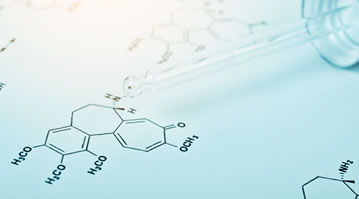

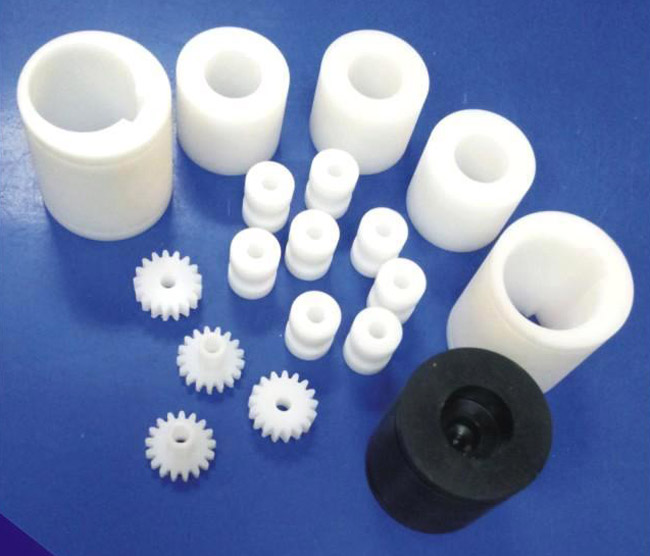


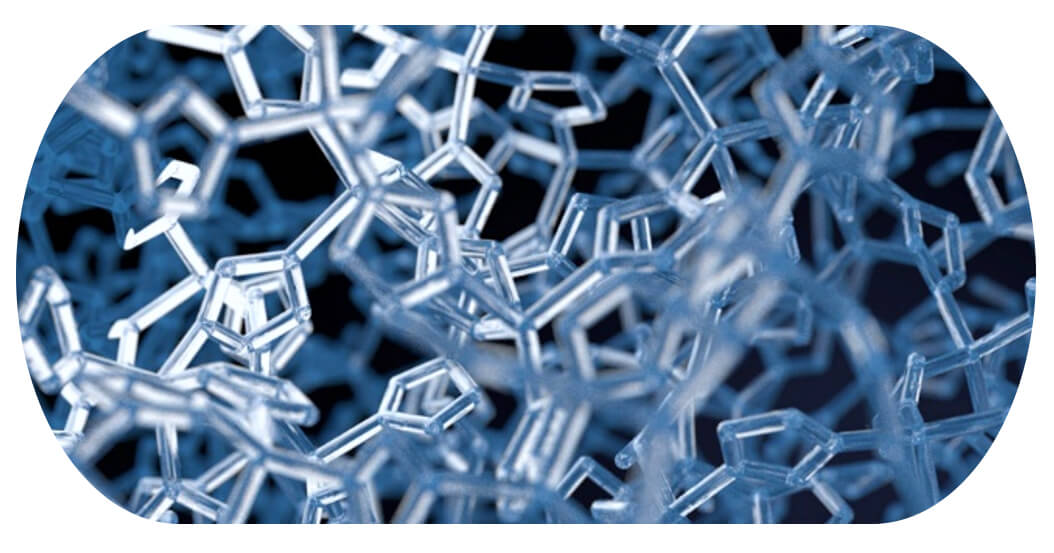


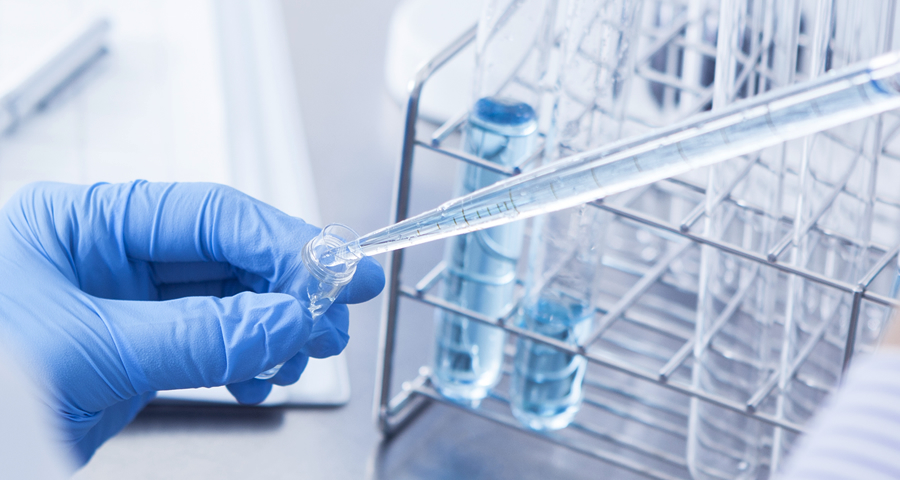
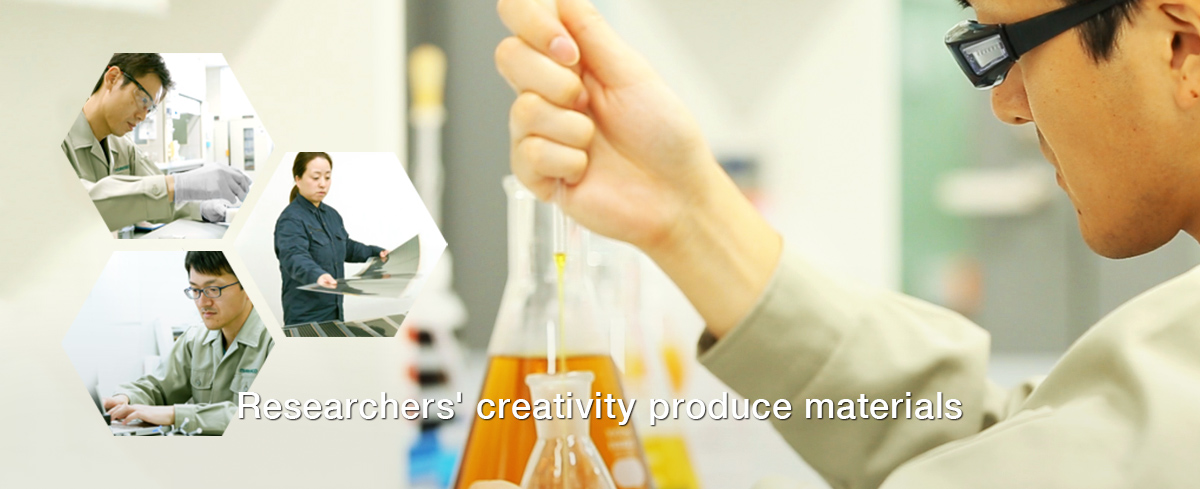







Comments